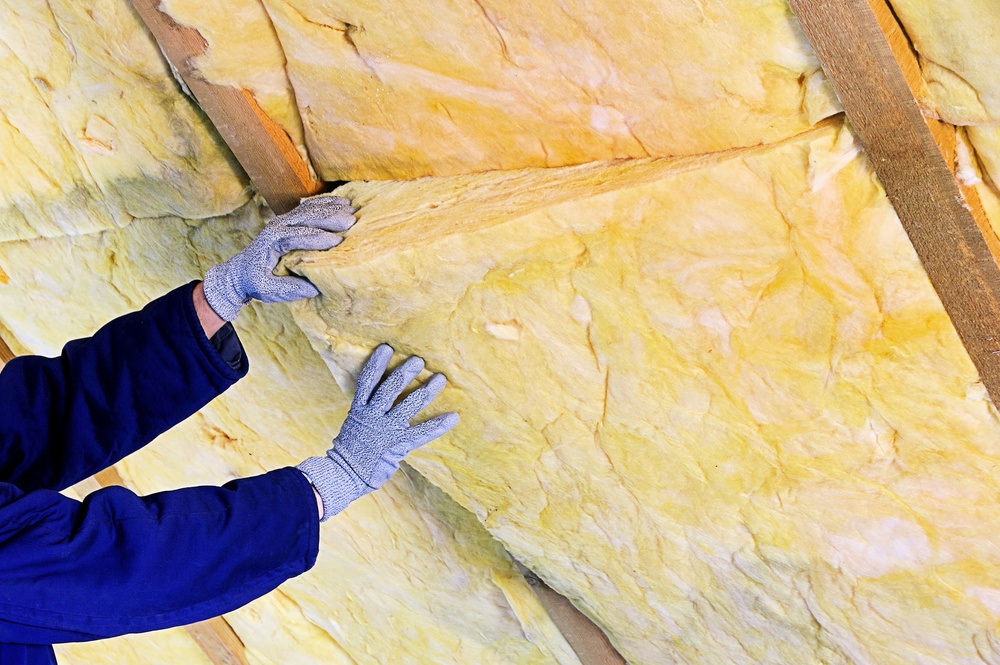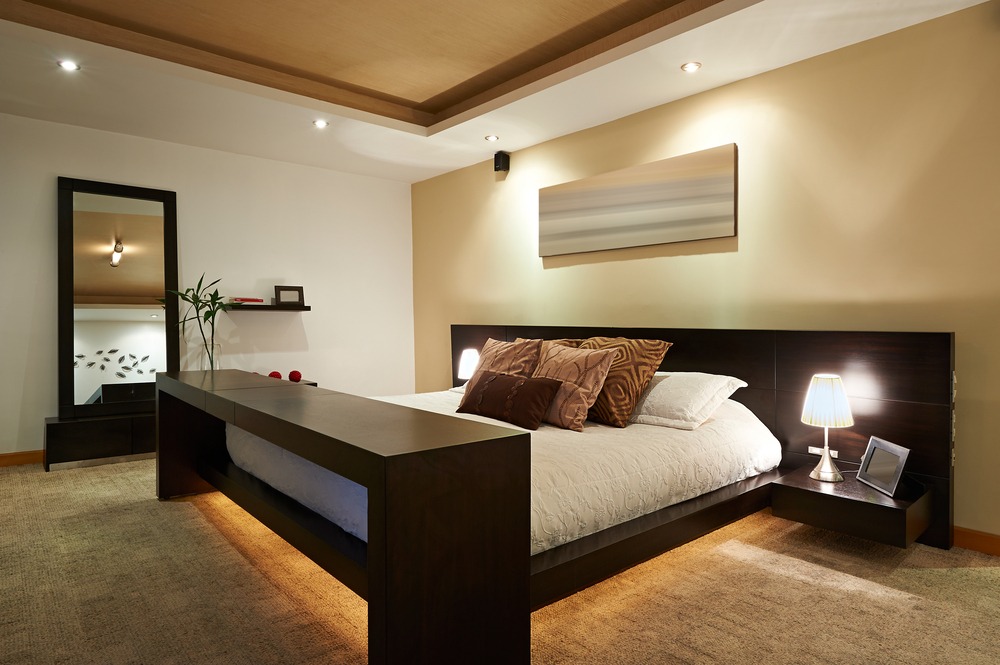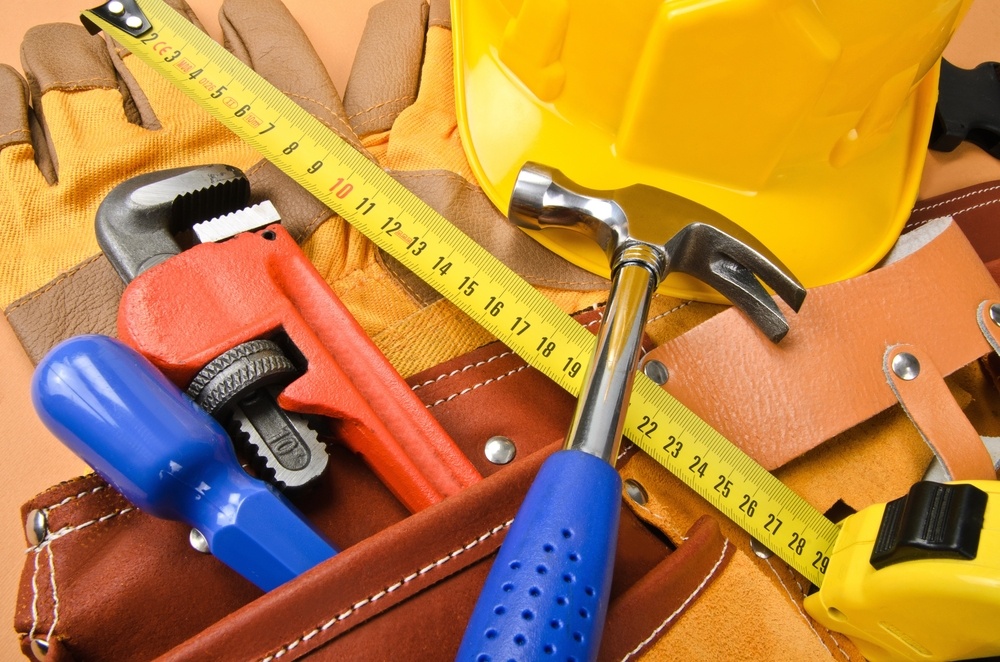 It’s no secret that home improvement projects can be expensive. Depending on the type of project and the size of the job, it can take a long time for a homeowners to save up the money they need to be able to have the work done. So, how do you know when a project is really worth all the money and all the energy it takes to have the work done?
It’s no secret that home improvement projects can be expensive. Depending on the type of project and the size of the job, it can take a long time for a homeowners to save up the money they need to be able to have the work done. So, how do you know when a project is really worth all the money and all the energy it takes to have the work done?
It Would Make Your Home More Functional
Ideally, your home was built and designed to make it easy to live your day-to-day life. However, many homeowners have areas in their homes that simply aren’t very functional. Whether it’s an awkwardly-placed sink or an aisle that isn’t wide enough for cupboard doors to fully open, these are things the sorts of things that make everyday life more difficult than it needs to be. Fixing those sorts of problems will make your life much easier and when the time comes for you to sell your home, you’ll have an easier time finding a buyer because these sorts of problems no longer exist in your home.
It Would Improve Your Energy Efficiency
Improvements made with the intention of making your home more efficient are absolutely worth pursuing. Anything that will make your home more energy efficient, like adding insulation, getting vinyl replacement windows, or new exterior doors, will benefit your home and lifestyle in many ways. Not only will you be doing something good for the environment, you’ll also be able to see a reduction in your energy bills. Plus, your home will become a lot more comfortable. No more having to spend winters wrapping yourself up in blankets when you’re trying to spend time at home!
It Would Add Value to Your Home
Regardless if you’re planning to sell your home soon or want to stay put for a while longer, looking for ways to add value to your home isn’t a bad idea. Nobody ever buys a home with the intention of letting it depreciate in value over time. Buying a home is the most significant purchase the average person makes during their lifetime, so why not make the most of it?
It Would Make You Happy
Not all home improvement projects have a high average return on investment, but that doesn’t necessarily mean you shouldn’t do them. If you’re planning to stay in your home for a long time, you should be comfortable and happy there. So if there’s something you’ve always dreamed of having in your home, like adding a swimming pool or a master suite, the fact that it would bring you years of happiness and enjoyment is still worth something.









